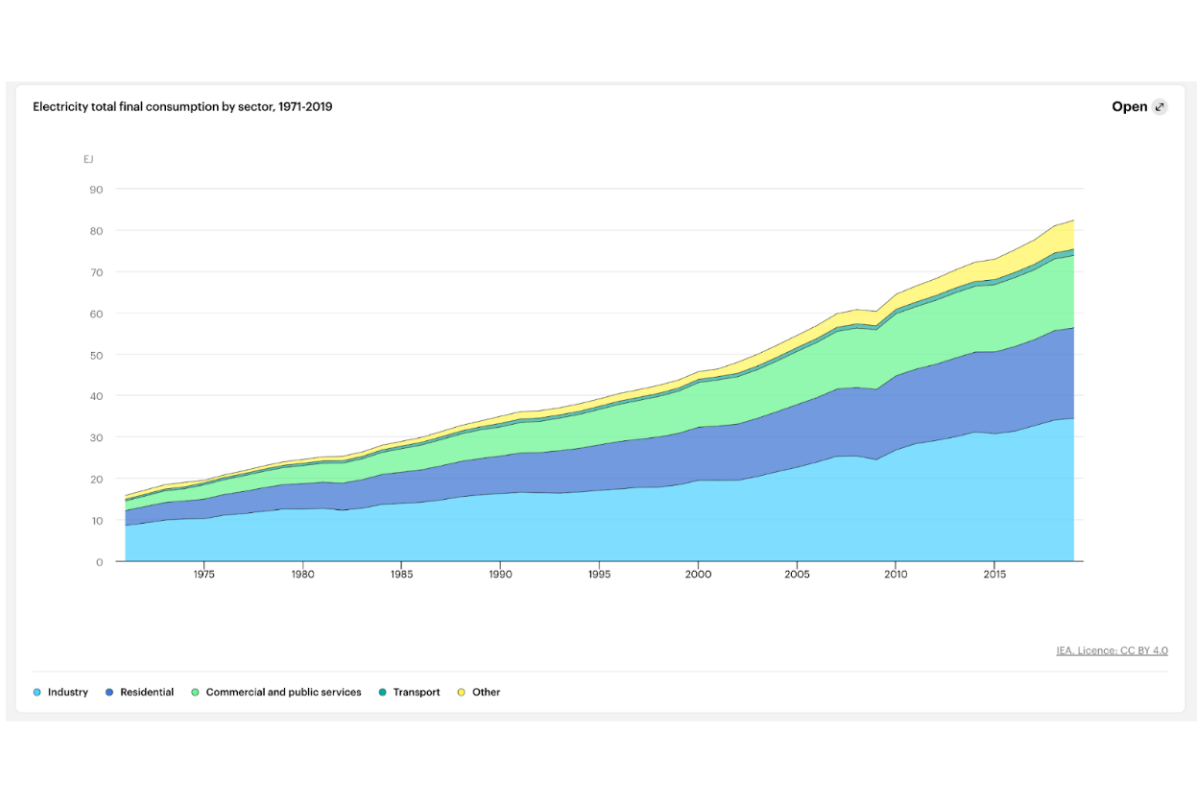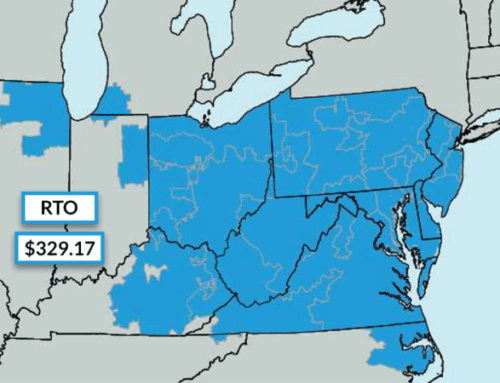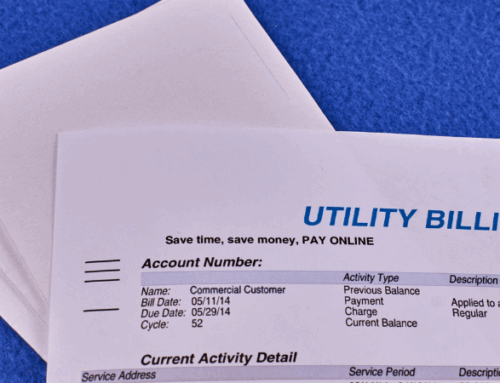In the diverse U.S. energy economy, commercial energy use varies significantly from state to state, shaped by a complex landscape of population, climate, and supply and demand. This article gives a comprehensive comparison of commercial energy consumption across all fifty states, ranking them by their total energy consumption. From the sun-soaked storefronts of California to the bustling high-rises of New York CITY, we will explore how regional climates, predominant industries, and energy policies influence the commercial sector’s energy footprint.
What Is Commercial Energy Use?
Commercial energy use includes the consumption of energy within businesses and non-profit organizations that are not considered to be part of the industrial energy sector. Commercial energy users include a wide array of establishments, such as retail stores, offices, hotels, restaurants, schools, hospitals, and government buildings. The energy consumed in these settings is used in processes that support the business, such as space heating and cooling, lighting, refrigeration, cooking, water heating, and powering electric motors and appliances.
Energy sources for the commercial sector are diverse, ranging from electricity and natural gas to heating oil and renewable energy systems. The primary type of energy consumed changes from state to state based on energy policy and regulations, climate, and state incentives. For example, commercial solar energy applications in some states are highly profitable, while they do not make financial sense in other areas. The commercial sector’s energy use is a critical component of the overall energy landscape as it helps to power businesses and fuel the U.S. economy.
Interesting Facts About Commercial Energy Consumption
Did you know that commercial energy consumption accounts for approximately 30% of all global energy use? The chart below outlines electricity consumption by industry sector from 1971 – 2019:

Here are some other neat facts about commercial energy consumption:
- Average Building Energy Use: The average commercial building in the U.S. consumes 22.5 kWh per square foot on an annual basis.
- Refrigeration: Refrigeration energy consumption in the U.S. accounts for only 1% of all energy use. Although that sounds small, it’s actually quite a large portion of commercial energy consumption.
- HVAC: Heating and cooling in commercial buildings accounts for almost 40% of all commercial energy use in the United States!
- Commercial Solar: Only 3.5% of commercial buildings in the United States have solar energy systems installed. That leaves a lot of room for the growth of renewable energy in commercial applications.
Total Commercial Energy Consumption By State
The chart below was compiled by using data published by the Energy Information Administration (EIA). This chart indicates the total amount of commercial energy use by state. In an effort to view data across multiple energy sources, the EIA normalized energy usage data into British Thermal Units (Btu) for all 50 states plus Washington D.C.
| Rank | State | Energy Usage (Million Btu) |
|---|---|---|
| 1 | D.C | 132.6 |
| 2 | North Dakota | 118.1 |
| 3 | Wyoming | 94 |
| 4 | Alaska | 83.1 |
| 5 | Virginia | 77.9 |
| 6 | Montana | 75.8 |
| 7 | Kansas | 71.3 |
| 8 | Nebraska | 70.6 |
| 9 | South Dakota | 68.4 |
| 10 | Missouri | 64 |
| 11 | Tennessee | 63.3 |
| 12 | Oklahoma | 61.1 |
| 13 | Minnesota | 61 |
| 14 | Wisconsin | 60.9 |
| 15 | Delaware | 60.4 |
| 16 | Illinois | 60.1 |
| 17 | Maryland | 59.6 |
| 18 | New Jersey | 59.2 |
| 19 | West Virginia | 58.7 |
| 20 | Arkansas | 58.6 |
| 21 | Michigan | 58.4 |
| 22 | Iowa | 57.9 |
| 23 | Texas | 56.9 |
| 24 | New Mexico | 56.8 |
| 25 | Ohio | 55.4 |
| 26 | Massachusetts | 54.3 |
| 27 | Kentucky | 54.2 |
| 28 | Indiana | 53.3 |
| 29 | North Carolina | 53.3 |
| 30 | Utah | 52.8 |
| 31 | Louisiana | 52.8 |
| 32 | New York | 52.6 |
| 33 | Connecticut | 50.5 |
| 34 | South Carolina | 50.4 |
| 35 | Mississippi | 50.1 |
| 36 | Colorado | 49.7 |
| 37 | Maine | 49.4 |
| 38 | Alabama | 49 |
| 39 | Idaho | 48.5 |
| 40 | New Hampshire | 48.3 |
| 41 | Georgia | 48.1 |
| 42 | Nevada | 48 |
| 43 | Arizona | 47.6 |
| 44 | Oregon | 45.4 |
| 45 | Washington | 44.6 |
| 46 | Rhode Island | 43.6 |
| 47 | Florida | 42.9 |
| 48 | Pennsylvania | 42.2 |
| 49 | Vermont | 40.7 |
Need More Information On Commercial Energy?
We are one of the nation’s leading commercial energy brokerage firms. Through our industry partnerships and decades of energy market experience, we can help commercial energy customers save on energy expenses by reducing energy consumption and comparing commercial energy rates. Contact our team of energy experts today so you can overcome energy industry challenges and develop an effective energy strategy that will save you money.



